Are you tired of using cornstarch for thickening your sauces and gravies? Or maybe you are looking for a cornstarch alternative for health reasons? Whatever your reason might be, there are various homemade alternatives to cornstarch that you can try.
One of the most popular cornstarch alternatives is arrowroot powder. This powder is derived from the root of the arrowroot plant and has a neutral taste. It is also gluten-free, making it an excellent option for those with gluten sensitivities. Arrowroot powder can be used in the same way as cornstarch, and it thickens sauces and gravies without altering their taste.
Another cornstarch alternative is tapioca starch. This starch is extracted from the cassava root and is commonly used in Asian cuisine. Tapioca starch has a slightly sweet taste and is a great option for thickening fruit-based sauces and desserts. It also adds a glossy finish to the dishes it is used in.
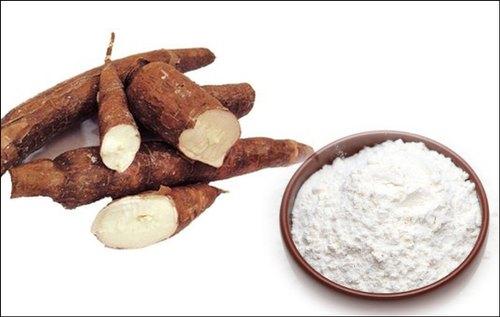
Source:
- https://www.healthline.com/nutrition/cornstarch-substitutes
- https://www.bonappetit.com/story/cornstarch-substitutes
- https://www.epicurious.com/ingredients/what-to-use-instead-of-cornstarch-article
Contents
Why Use Homemade Cornstarch Alternatives?
If you’re looking for a natural and cost-effective way to thicken your soups, sauces, and gravies, then homemade cornstarch alternatives are worth considering. Here are some reasons why:
Health Concerns
Cornstarch is a common thickening agent used in many recipes, but it may not be the healthiest option. Cornstarch is high in carbohydrates and has a high glycemic index, which means it can cause a rapid increase in blood sugar levels. This can be problematic for people with diabetes or those trying to maintain a healthy weight.
Furthermore, most cornstarch is made from genetically modified corn, which has been linked to various health concerns. By using homemade cornstarch alternatives, you can avoid these health risks and have more control over the ingredients you use in your cooking.
Cost
Another reason to use homemade cornstarch alternatives is cost. Cornstarch can be expensive, especially if you use it frequently in your cooking. By making your own alternatives, you can save money and reduce your overall grocery bill.
Availability
Cornstarch may not be readily available in some parts of the world. If you live in a remote area or have limited access to grocery stores, finding cornstarch may be difficult. By making your own alternatives, you can ensure that you always have a thickening agent on hand, regardless of where you live.
Now that you know why homemade cornstarch alternatives are worth considering, let’s take a look at some of the most popular options:
- Arrowroot powder: This is a fine white powder made from the root of the arrowroot plant. It has a neutral taste and is a good substitute for cornstarch in most recipes.
- Potato starch: This is a fine white powder made from peeled and dried potatoes. It has a slightly sweet taste and is a good substitute for cornstarch in recipes that require a thicker consistency.
- Tapioca starch: This is a fine white powder made from the root of the cassava plant. It has a slightly sweet taste and is a good substitute for cornstarch in recipes that require a glossy finish.
- Rice flour: This is a fine white powder made from ground rice. It has a neutral taste and is a good substitute for cornstarch in recipes that require a gluten-free option.
In conclusion, homemade cornstarch alternatives are a great option for those looking for a healthier, cost-effective, and readily available thickening agent. By using these alternatives, you can have more control over the ingredients you use in your cooking and save money in the process.
Sources:
- The Health Benefits of Arrowroot Powder
- Potato Starch vs Potato Flour: What’s the Difference?
- Tapioca Flour vs Tapioca Starch: What’s the Difference?
- Rice Flour vs Rice Starch: What’s the Difference?
Frequently Asked Questions:
Q: Are homemade cornstarch alternatives suitable for all recipes?
A: Homemade cornstarch alternatives can be used in most recipes that require a thickening agent. However, some recipes may require a specific type of thickener, so it’s best to do some research before substituting.
Q: Can homemade cornstarch alternatives be stored for long periods of time?
A: Yes, homemade cornstarch alternatives can be stored in airtight containers for several months. However, it’s best to use them within a reasonable timeframe to ensure optimal freshness and quality.
Types of Homemade Cornstarch Alternatives
When it comes to thickening sauces, gravies, and soups, cornstarch is a popular ingredient. However, if you’re looking for a cornstarch alternative, there are several homemade options that you can try. In this section, we’ll explore some of the most common types of homemade cornstarch alternatives.
Flour-based Alternatives
One of the most common substitutes for cornstarch is flour. You can use any type of flour, but all-purpose flour is the most commonly used. To use flour as a thickener, you’ll need to make a slurry by mixing it with cold water or broth. The ratio of flour to liquid is usually 1:2, which means that for every tablespoon of flour, you’ll need two tablespoons of liquid. Mix the flour and liquid together until there are no lumps, then add the slurry to your recipe and cook until it thickens.
Another flour-based alternative is chickpea flour, which is gluten-free and has a nutty flavor. It’s a good option for those who are allergic to wheat or gluten. To use chickpea flour as a thickener, mix it with cold water or broth until it forms a smooth paste. Add the paste to your recipe and cook until it thickens.
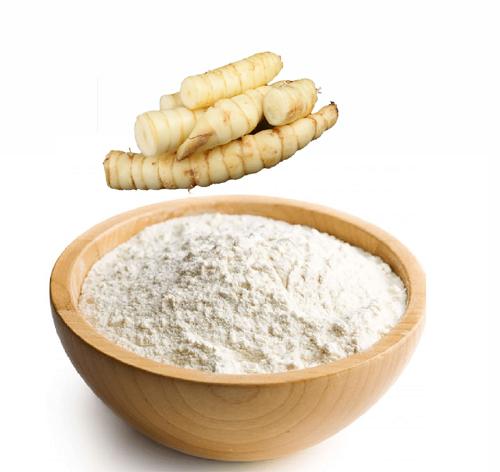
Arrowroot Powder
Arrowroot powder is a gluten-free, grain-free, and paleo-friendly thickener that comes from the root of the arrowroot plant. It has a neutral flavor and works well in recipes that require a clear, glossy finish. To use arrowroot powder as a thickener, mix it with cold water or broth until it forms a slurry. Add the slurry to your recipe and cook until it thickens.
Potato Starch
Potato starch is a gluten-free and grain-free thickener that comes from the starch in potatoes. It has a neutral flavor and works well in recipes that require a smooth, creamy texture. To use potato starch as a thickener, mix it with cold water or broth until it forms a slurry. Add the slurry to your recipe and cook until it thickens.
Rice Flour
Rice flour is a gluten-free and grain-free thickener that comes from finely ground rice. It has a neutral flavor and works well in recipes that require a smooth, silky texture. To use rice flour as a thickener, mix it with cold water or broth until it forms a slurry. Add the slurry to your recipe and cook until it thickens.
Tapioca Starch
Tapioca starch is a gluten-free and grain-free thickener that comes from the cassava root. It has a neutral flavor and works well in recipes that require a clear, glossy finish. To use tapioca starch as a thickener, mix it with cold water or broth until it forms a slurry. Add the slurry to your recipe and cook until it thickens.
Overall, there are several homemade cornstarch alternatives that you can use to thicken your recipes. Each alternative has its own unique properties, so choose the one that best suits your needs.
Source
Frequently Asked Questions
- What is cornstarch used for?
- How do I know which cornstarch alternative to use?
- Can I use these alternatives in any recipe that calls for cornstarch?
- Are these alternatives healthier than cornstarch?
How to Use Homemade Cornstarch Alternatives
If you are looking for a natural and homemade alternative to cornstarch for thickening your sauces, soups, and stews, you have come to the right place. In this section, we will discuss how to use homemade cornstarch alternatives effectively.
Mixing and Measuring
Before we dive into the cooking and thickening process, it is essential to know how to mix and measure your homemade cornstarch alternatives correctly. Here are some tips:
- Use a fine-mesh strainer to sift the homemade cornstarch alternative before using it. This will remove any lumps and make it easier to mix.
- Measure the homemade cornstarch alternative accurately. Too little or too much can affect the texture and consistency of your dish.
- Mix the homemade cornstarch alternative with cold water or broth before adding it to your dish. This will prevent clumping and ensure even distribution.
Cooking and Thickening Times
Once you have mixed your homemade cornstarch alternative, it is time to add it to your dish. Here are some things to keep in mind:
- Add the homemade cornstarch alternative to your dish slowly while stirring constantly. This will prevent lumps and ensure even thickening.
- Cook the dish for a few minutes after adding the homemade cornstarch alternative. This will activate the thickening properties and give you the desired consistency.
- Be patient. Homemade cornstarch alternatives may take longer to thicken than cornstarch. Don’t add more than the recommended amount and wait for a few minutes before adding more.
Here is a table to help you measure the right amount of homemade cornstarch alternative for your dish:
| Dish Type | Amount of Homemade Cornstarch Alternative per Cup of Liquid |
|---|---|
| Sauce | 1-2 tablespoons |
| Soup | 2-3 tablespoons |
| Stew | 3-4 tablespoons |
Frequently Asked Questions
Q: Can I use homemade cornstarch alternatives in baking?
A: It depends on the recipe. Homemade cornstarch alternatives may not work as well as cornstarch in baking, as they do not have the same binding properties.
Q: Can I substitute homemade cornstarch alternatives for cornstarch in any recipe?
A: No, not all recipes can be substituted with homemade cornstarch alternatives. It is best to experiment with small amounts first and see how it affects the texture and consistency of your dish.
Q: How long can I store homemade cornstarch alternatives?
A: Homemade cornstarch alternatives can be stored in an airtight container for up to six months in a cool, dry place.
Sources
Conclusion
In conclusion, there are several homemade alternatives to cornstarch that can be used for thickening in cooking and baking. Whether you’re looking for a gluten-free option or just want to try something new, these substitutes can be a great addition to your pantry.
One of the most popular alternatives is arrowroot powder, which is similar in texture and function to cornstarch. It’s also gluten-free and can be used in a variety of recipes. Potato starch is another great option that can be used in soups, stews, and sauces. It’s also a good choice for those who are allergic to corn.
For those who want to avoid starches altogether, there are other options such as agar agar, which is derived from seaweed, and xanthan gum, which is made from fermented sugar. These substitutes can be a bit trickier to use, but they can be a great option for those with dietary restrictions.
It’s important to keep in mind that each substitute has its own unique properties and may require some experimentation to get the desired results. Be sure to follow the recommended measurements and cooking instructions for each substitute to ensure the best outcome.
Overall, homemade cornstarch alternatives can be a great way to add variety to your cooking and baking while also accommodating dietary restrictions. Give them a try and see which one works best for you!
Source
- The Kitchn: 5 Cornstarch Substitutes You Already Have in Your Kitchen
- Epicurious: 7 Cornstarch Substitutes for When You’re Out of the Good Stuff
- Food Network: 8 Best Cornstarch Substitutes for Every Recipe
Frequently Asked Questions
Q: Can I use flour as a substitute for cornstarch?
A: Yes, all-purpose flour can be used as a substitute for cornstarch in a pinch. However, you’ll need to use twice as much flour as cornstarch to achieve the same thickening power.
Q: Are there any substitutes for cornstarch that are gluten-free?
A: Yes, arrowroot powder and potato starch are both gluten-free substitutes for cornstarch.
Q: Can I use agar agar or xanthan gum in place of cornstarch in any recipe?
A: No, agar agar and xanthan gum have different properties than cornstarch and may not work well in all recipes. Be sure to follow the recommended measurements and cooking instructions for each substitute.
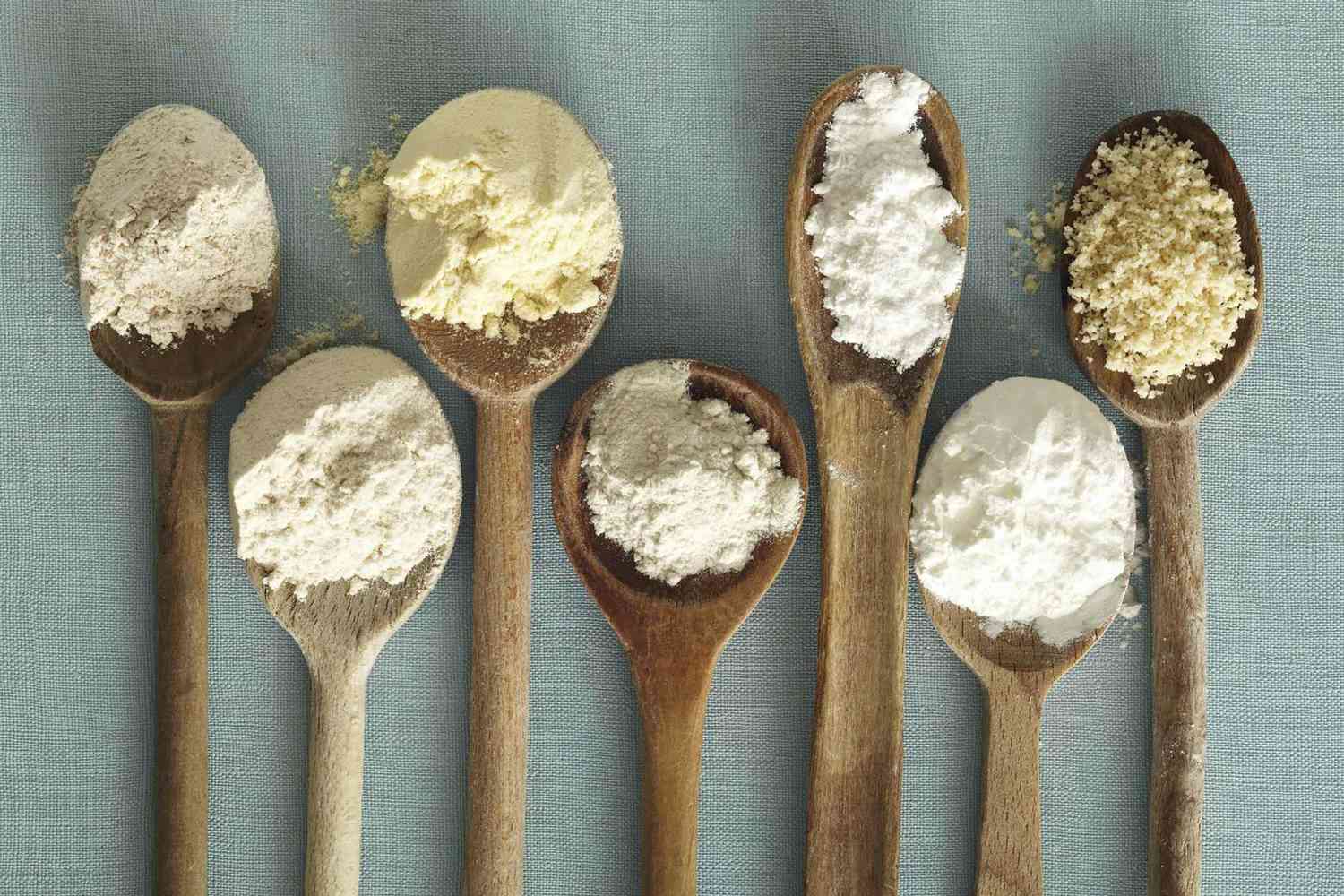

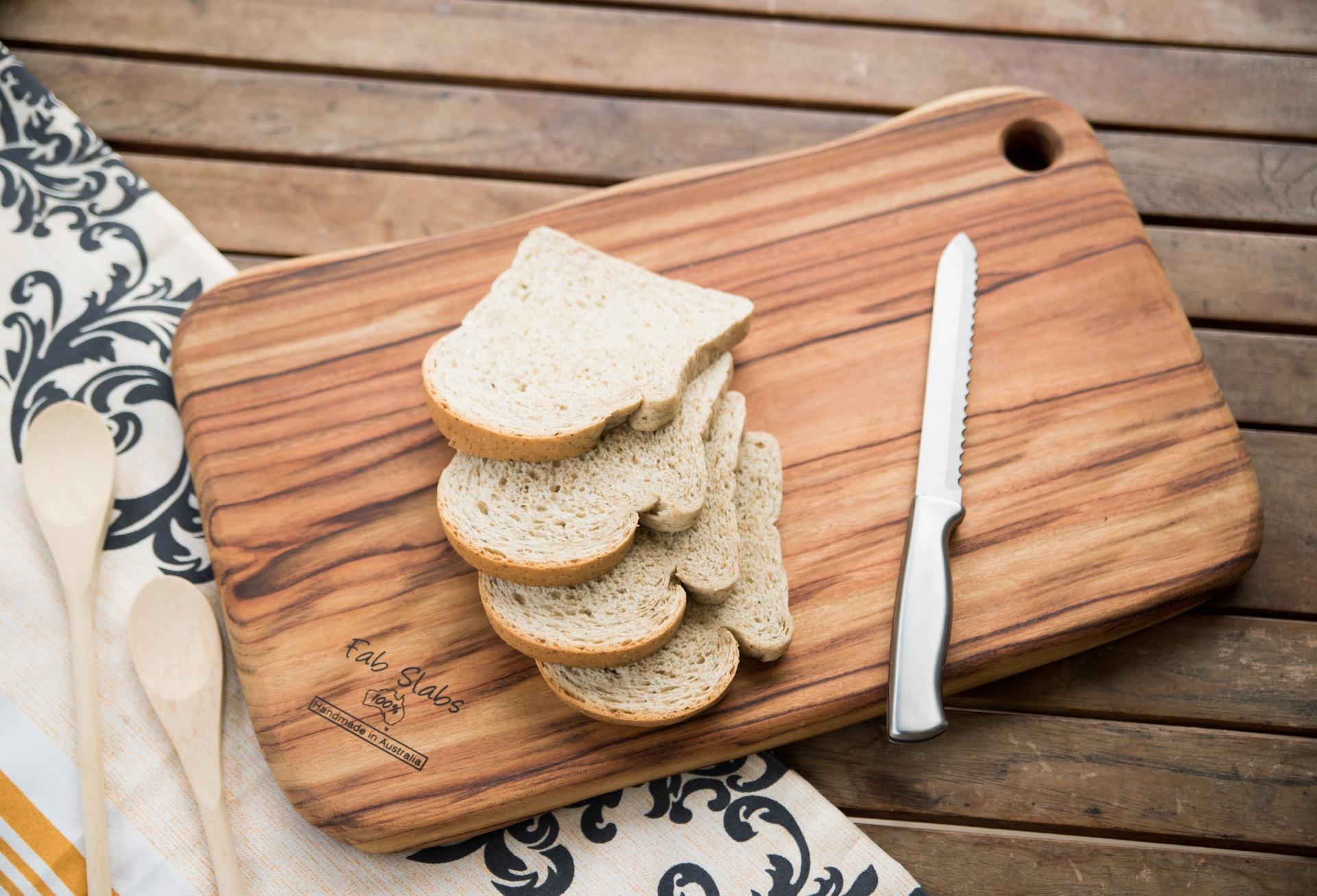
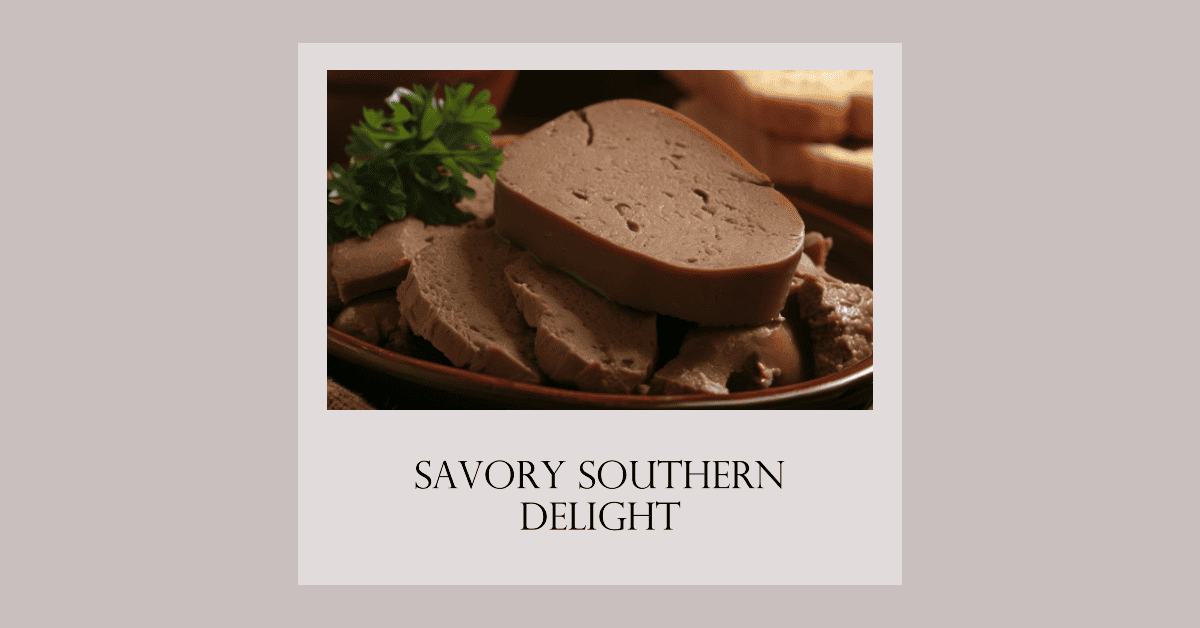


![Are Brisket Burgers Good? [Answered]](https://kitchenbarrels.com/wp-content/uploads/2023/01/Are-Brisket-Burgers-Good-Answered.jpg)
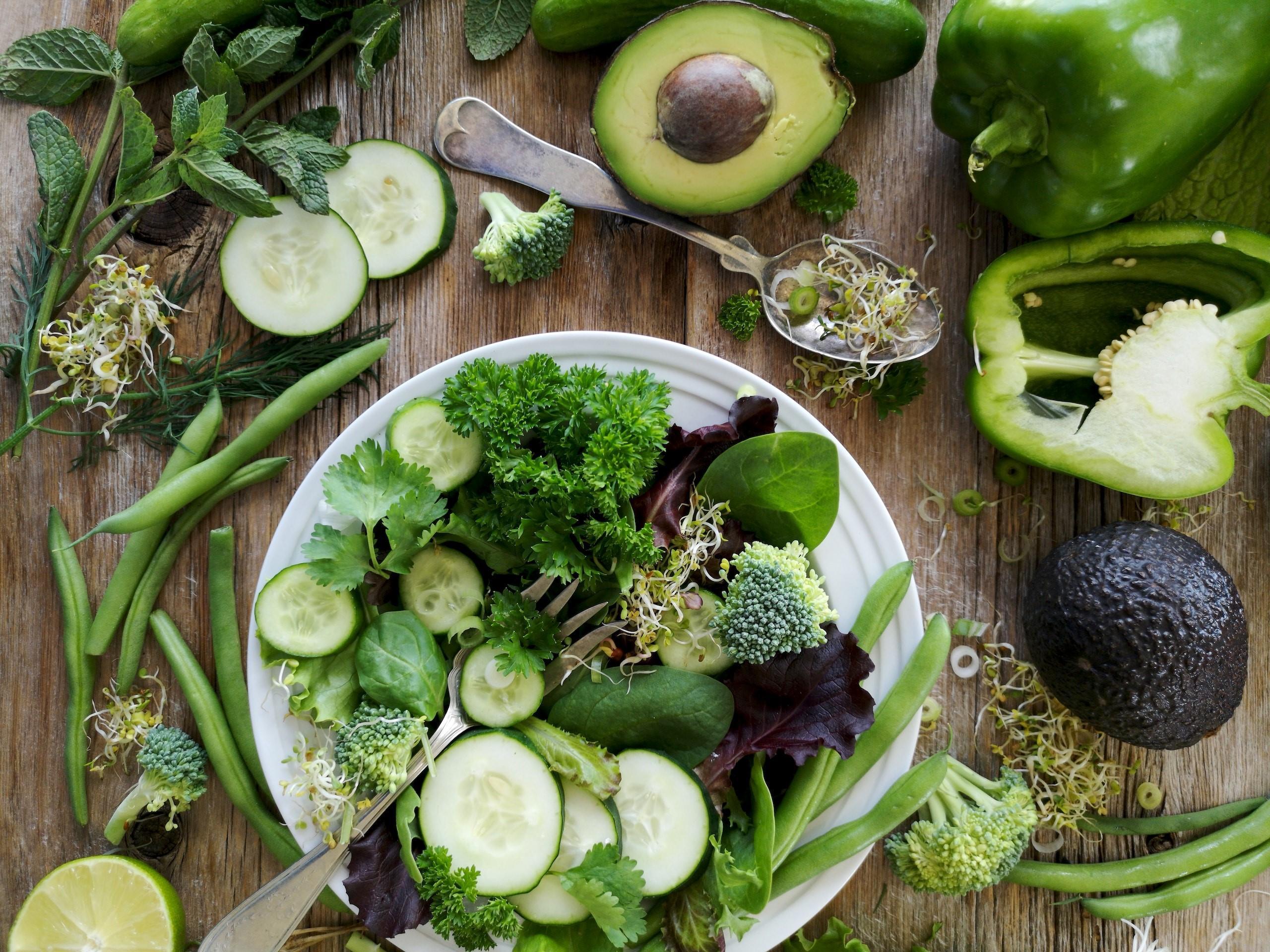

![What Temp To Serve Brisket [Ideal Temperature]](https://kitchenbarrels.com/wp-content/uploads/2022/12/What-Temp-To-Serve-Brisket-jpg.webp)
